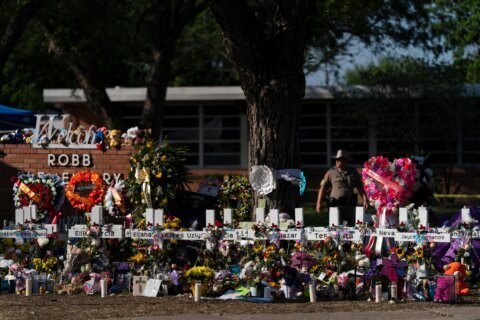
WASHINGTON — More than half of students enrolled in kindergarten in Maryland do not demonstrate all the knowledge, skills and behaviors necessary to be successful when entering school, a report released last week said.
The report shows that 47 percent of students demonstrated readiness for success in school statewide this school year. That number is up from 45 percent last year, and 43 percent in the 2016-2017 school year.
The results are based on the Kindergarten Readiness Assessment, which is given to students in early October and looks at four main categories: language and literacy, mathematics, physical well-being and motor development, and social foundations.
Students were then classified as demonstrating readiness, approaching readiness, or emerging readiness.
Counties near D.C. generally fared well, with 54 percent of Montgomery County students demonstrating readiness and 56 percent of Howard County students. Meanwhile 48 percent of students in Anne Arundel County were ready, while Prince George’s County tied for the second-lowest rate at 39 percent. Prince George’s County also had the highest rate of students with emerging readiness in the state, at 29 percent.
Kids who were put into private pre-K programs did the best, with 71 percent of them demonstrating readiness. Just 45 percent of students in public pre-K and 32 percent of the students in Head Start were as successful.
Race and economics were also tracked, with 58 percent of high-income children deemed ready, compared with 33 percent of low-income students. A higher percentage of white students demonstrated readiness than any other racial group, with 58 percent. Hispanic or Latino children had the lowest percentage, with 29.
That low number could in part be because of language — 52 percent of students fluent in English demonstrated readiness, while only 22 percent of students learning English got the same result.
Statewide, a higher percentage of girls demonstrated readiness than boys — 54 percent to 41 percent.







